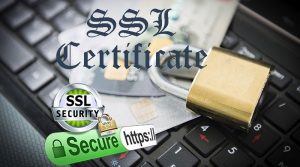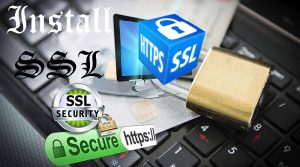The main difference between a Wildcard SSL Certificate and any other certificates like a Standard SSL Certificate is that a Standard Certificate issued to a single Fully Qualified Domain Name (e.g., www.yourdomain.com) and its can only to secure the exact domain which the ssl certificate issued for.
A Wildcard SSL Certificate is issued to a “Common Name” of *.yourdomain.com and a Subject Alternative Name (SAN) of *.yourdomain.com. The wildcard allows the certificate to be used on an unlimited number of sub-domains across an unlimited number of servers. Entrust Wildcard SSL Certificates can also secure Multiple Wildcard SANs.
The SAN ensures that the SSL works with or without a subdomain:
- *.yourdomain.com
- *.yourdomain.net
- *.yourdomain.com
- *.yourdomaintest.com
So Instead of getting separate certificates for sub domains, you can use a single certificate for all main domains and sub domains and save your money.
How Does a Wildcard SSL Certificate Work?
It’s simple – Certificate issued with a “Common Name” of *.yourdomain.com and a Subject Alternative Name (SAN) of yourdomain.com. The * (wildcard) allows the Certificate to be used on any sub-domains belonging to the yourdomain.com domain name and the SAN ensures SSL works even without a sub-domains.



